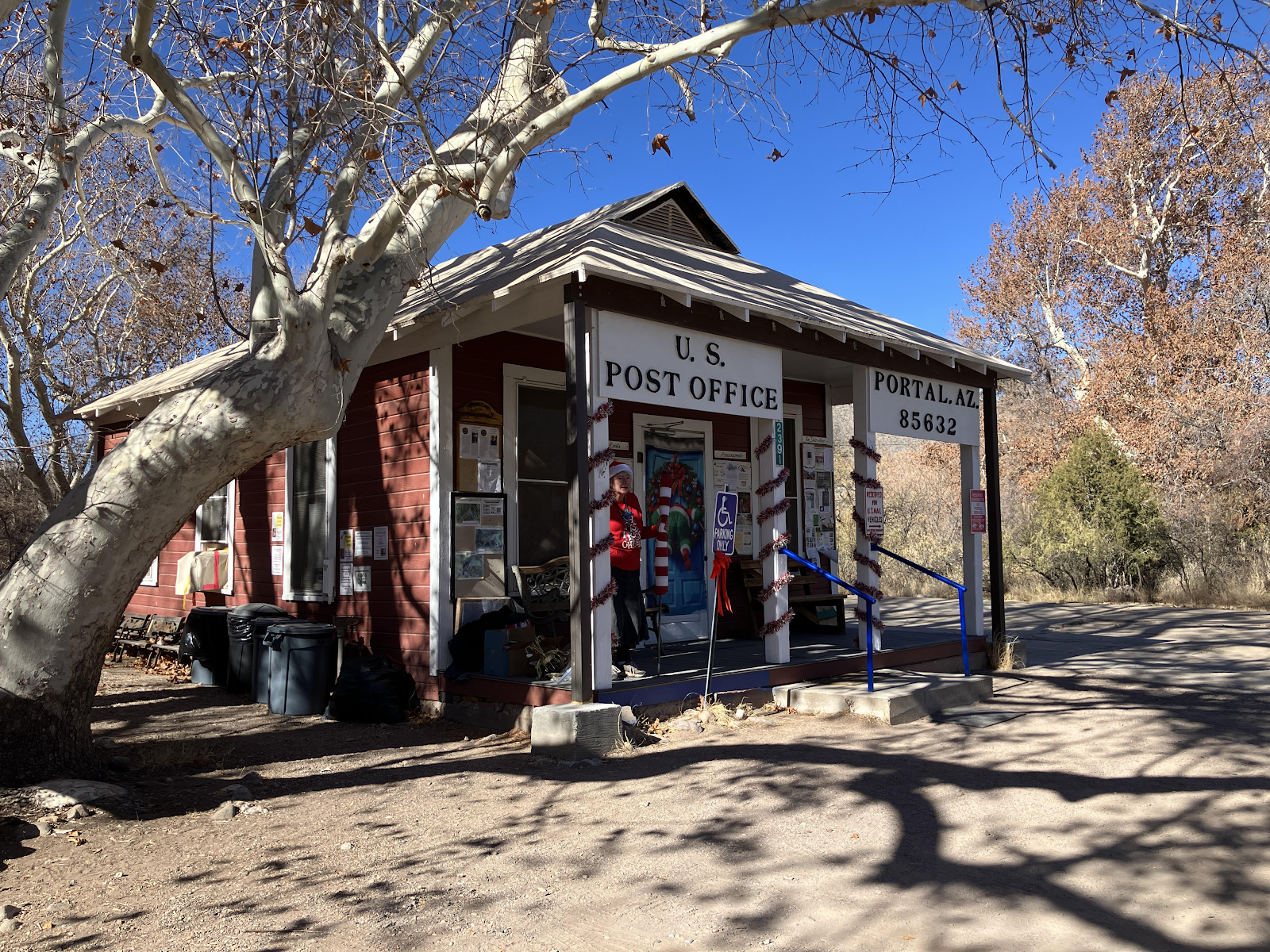Mountains and Shores – Big Sur, July 3-5, 2021
I never met a mountain I didn’t like. As I write this, the Santa Monica mountains are literally in my back yard, without anything in the way – no power lines, no RVs, no buildings, not even any people at the moment. Every mountain range is different and I see something wonderful in all of them. The Rockies are craggy and rough. The Olympic Mountains are impossibly green and lush. The Coastal Ranges are green too, but a darker, denser green due to all the evergreens. And the Santa Monica mountains, here just east and a little north of L.A., are several shades of brown – tan, taupe, and chocolate – due not just to the color of rocks, but to the different kinds of grass and brush growing there.
Traffic picked up driving to Big Sur. It was, after all, a holiday. We did not get very far July 3 or July 4 because of that, and also because on July 3 we had to pause to have some trailer maintenance done. On the way south we saw many large ranches with thousands of acres of fields full of fruit trees and other plants in neat, precise rows, both in flat areas of land and undulating gracefully over the hills. We stopped at a roadside stand at one of these and got way too much fruit – peaches, plums, apricots and cherries - since we were hungry at the time.
The coastal area of Big Sur is one of those places where the number of miles you travel is completely irrelevant. The traffic slows and occasionally stops, and you have to stop anyway at numerous overlooks showing off the mountains and the seashore. Hairpin turns and steep grades are the rule, and guardrails are occasional. It was chilly and windy but as we found elsewhere in the West, people were wearing shorts and flip-flops. Photographing the scenery was difficult, though, because of the fog that constantly moves in and out of the mountains and shores, and also because there are a lot of power lines in the area that intrude into the photos. I wonder why, since power lines are buried nearly everywhere else. Perhaps the coastal land is too unstable to bury them.
I saw a man wielding something that looked like an
old-fashioned rooftop TV antenna at one stop and asked him what he was doing. In a heavy British Isles accent, he said he
was tracking California condors, which are radio tagged, and that he had seen
two in the area that day. He had also
seen several humpback whales and pointed to the area where they were, but I
could not see anything. He admitted that
he knew what to look for and that it was much easier from a whale-watching
boat. I have seen large soaring birds in
the area, but I’m not sure if they were condors.
Farther on, we noticed some people gathering at a fence,
some of them crossing the fence to get closer to the shore. Turned out they were watching humpback whales
in the distance. We did not have
binoculars, and LCR’s telephoto lens did not show much at that distance, but
still we could see the splash and then the dark back emerging from the ocean
for just a second.
It seemed a day for animal viewing. Not wild, but still interesting, were several
fields of beef cattle that were grazing in fields that sloped right down to the
shore. It looked to me like they should
have one set of legs shorter than the other to navigate those angled fields,
but they seemed content. Maybe they
switch sides from time to time, to put the burden on the opposite legs for a
while.
Finally, we saw signs for elephant seal viewing, so we
pulled off. There were quite a few
people there and the parking lots were full.
The elephant seal colony was very close, and a boardwalk had been
constructed for viewing without disturbing the animals. We learned that they were thought to be
extinct, killed for their blubber like whales, but then some were discovered
along the coast in 1990, just a few dozen.
Now there are more than 15,000 at a number of sites along the
coast. There were maybe 30 in the group
we saw. They are such ungainly animals,
the males weighing perhaps 700 pounds, flopping around on the sand and
cavorting like little kids in the water.
From time to time two of them would face off, necks elongated in the air
and mouths open, and lunge at each other, appearing to fight with their
necks. Then they would back off. They lay in the sand and sometimes used a
flipper to throw sand over their backs.
They were very efficient at this, so that one flip of sand could cover
nearly a seal’s entire huge body. They
had a very odd call, like the glug-glug of a drain that has just been
unstopped, but much louder. They were so
strange, so alien, ugly and cute at the same time, that it was magic.
Heading to L.A. next.





Comments
Post a Comment